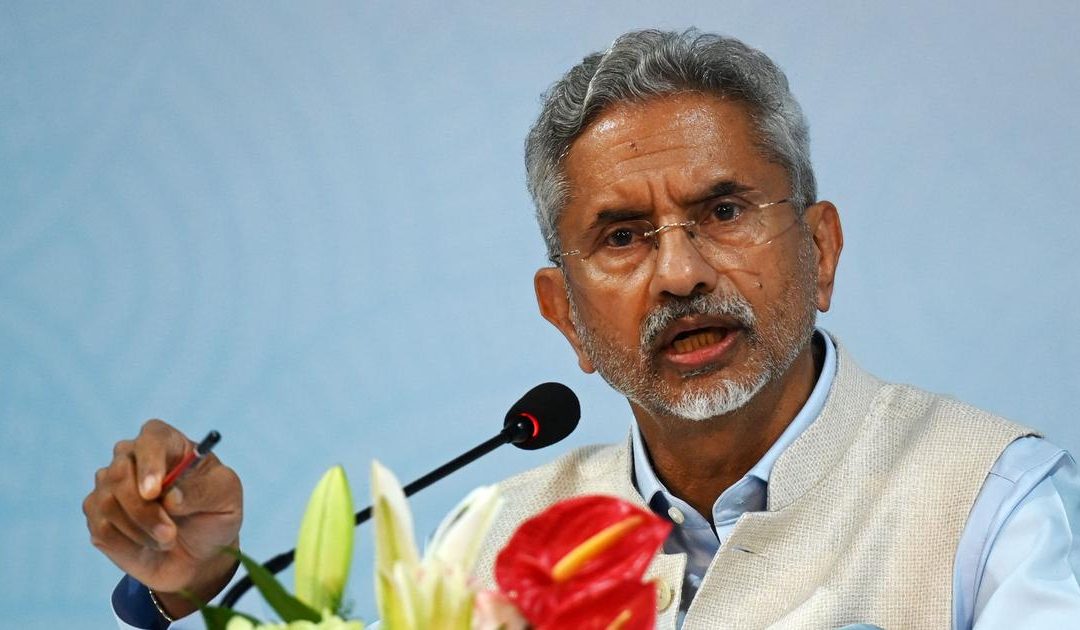India’s Foreign Minister S. Jaishankar announced that approximately 75% of the “disengagement problems” between India and China in eastern Ladakh have been resolved. Speaking at the Geneva Centre for Security Policy, Jaishankar described the relationship with China as “complex” and indicated that a complete disengagement and restoration of peace would pave the way for exploring “other possibilities” in bilateral relations.
Jaishankar acknowledged progress in the ongoing disengagement negotiations but noted that full normalization remains contingent upon resolving the remaining friction points along the Line of Actual Control (LAC). The minister emphasized that the broader issue of militarization at the border has impacted the overall relationship between the two nations, stating, “You can’t have violence at the border and then say the rest of the relationship is insulated from it.”
The standoff in eastern Ladakh began in May 2020, primarily centered on forward deployment rather than territorial expansion. Jaishankar highlighted the violation of multiple agreements by China and the significant increase in troop deployments during the COVID-19 lockdown. He referred to the situation as “dangerous” and noted the risk of a mishap due to the large troop presence in extreme conditions, which culminated in the June 2022 clashes in the Galwan Valley.
Jaishankar detailed the nearly four years of negotiations, which initially focused on disengagement, involving the withdrawal of troops to their respective bases and arrangements for regular patrolling. He emphasized that resolving these issues is crucial for restoring peace and tranquility, which could then lead to exploring other aspects of the bilateral relationship.
The resolution of disengagement issues marks a significant step in improving Indo-Chinese relations, though challenges remain. The ongoing negotiations aim to fully address the remaining issues and restore stability along the LAC.






